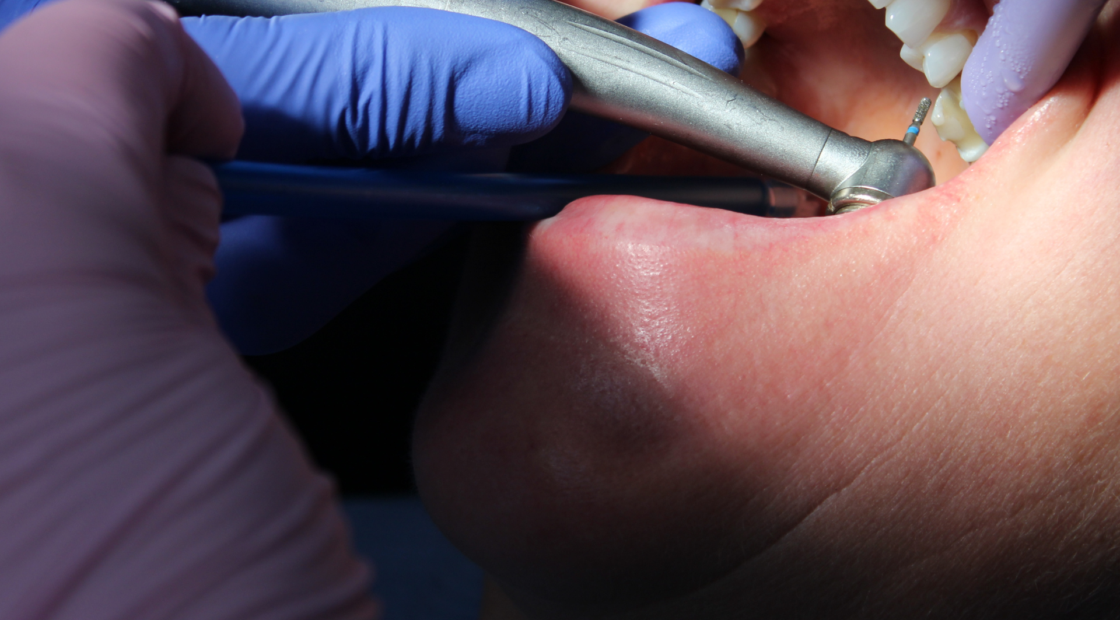If you have chipped, cracked, or crooked teeth, you may want a quick, affordable way to restore your smile. Composite bonding is an increasingly popular cosmetic dental procedure. It can fix these imperfections without the need for invasive treatments. In this blog, we’ll explore how composite bonding works, its benefits, and the types of issues it can address.
What Is Composite Bonding?
Composite bonding involves applying a tooth-coloured resin material to your teeth. This can help to improve their appearance and structure. The dentist will sculpt and mould the resin to match the shape of your natural teeth. Then, it can be bonded to the enamel with a special adhesive. Once the material hardens, it’s polished to blend seamlessly with the surrounding teeth.
Unlike other cosmetic treatments, composite bonding is a simple and minimally invasive procedure. It’s an excellent choice for those looking to improve their smile without extensive work.
Pain Points That Might Lead Someone to Get Composite Bonding
Many patients seek composite bonding due to common dental concerns. These can affect their self-esteem and quality of life. Some issues include:
- Chipped teeth caused by accidents, biting down on hard objects, or wear and tear over time
- Crooked teeth that cause alignment issues but don’t require full orthodontic treatment
- Discoloured teeth that can be difficult to whiten through traditional methods
- Gaps between teeth that affect the overall symmetry of your smile
For many people, these imperfections can lead to a lack of confidence in their appearance. With composite bonding, these problems can be addressed quickly and effectively. It can often be done in just one visit.
What Can Composite Bonding Fix?
Composite bonding can be used to fix a variety of cosmetic dental concerns, including:
- Chipped or Cracked Teeth. Small chips or cracks in teeth can be filled and reshaped to restore the tooth’s natural appearance.
- Crooked Teeth. Braces or clear aligners are more commonly used for major misalignment. Composite bonding can improve the appearance of crooked or uneven teeth without orthodontics.
- Gaps Between Teeth. If you have small gaps, composite bonding can be used to fill the space. This can help improve the appearance of your smile.
- Stained or Discoloured Teeth. Composite bonding can cover stains or discolouration on teeth resistant to whitening treatments.
- Tooth Shape or Size. Composite bonding can also be used to reshape teeth that are irregularly sized or shaped. This gives you a more balanced and symmetrical smile.
Benefits of Composite Bonding
One of the advantages of composite bonding is that it requires minimal preparation. This means there’s no need for drilling or removing a significant amount of enamel. It makes it ideal for individuals who want a quick and affordable fix without invasive procedures.
Other benefits include:
- Quick and Affordable. Unlike other cosmetic treatments, composite bonding can be completed in a single visit. This makes it both convenient and cost-effective.
- Natural Look. The material is highly customisable. This means it can be moulded to match the natural contours of your teeth, resulting in a seamless finish.
- Non-invasive. There’s little to no discomfort during the procedure. Most patients don’t require anaesthesia.
- Durable Results. With proper care, bonded teeth can last several years before needing any touch-ups.
Is Composite Bonding Right for You?
If you’re looking for a quick, effective way to improve your smile, composite bonding might be the perfect solution. At Zenith Dental Clinic, we offer this to help you restore your teeth’s function and aesthetics.
For more information or to schedule a consultation, visit Zenith Dental Clinic today.






